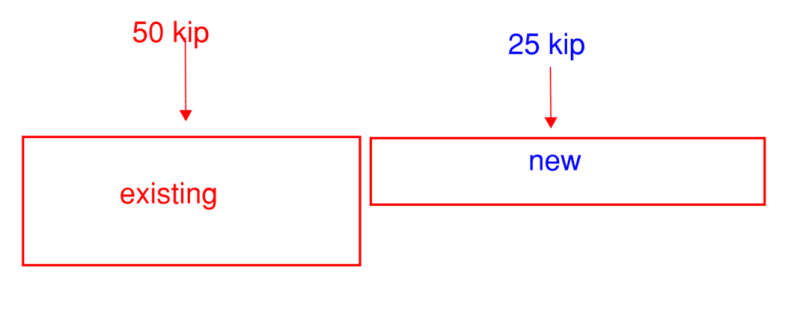Hi,
Is there any issues with pouring a new foundation next to an old one? I don't think so but I was wondering if doing so would add a surcharge to the existing foundation causing it to potentially fail in soil bearing. I also found this excerpt in the building code but it is open to interpretation. Thanks.


Is there any issues with pouring a new foundation next to an old one? I don't think so but I was wondering if doing so would add a surcharge to the existing foundation causing it to potentially fail in soil bearing. I also found this excerpt in the building code but it is open to interpretation. Thanks.


